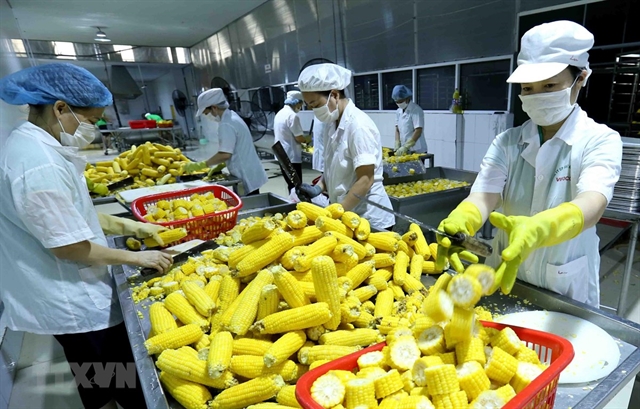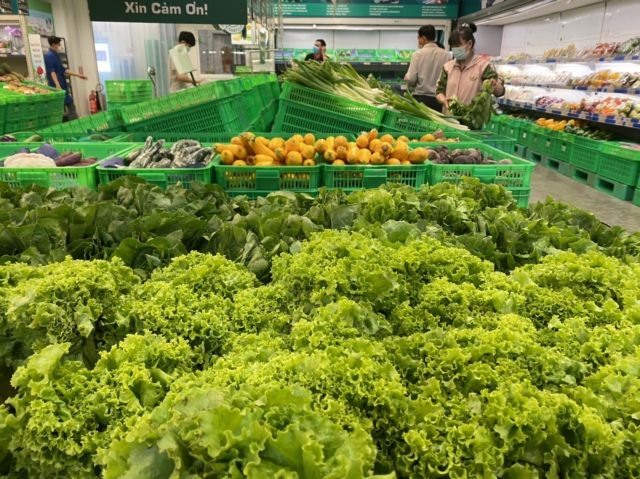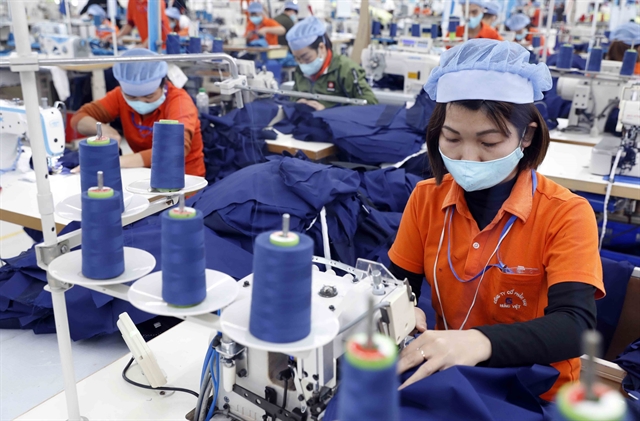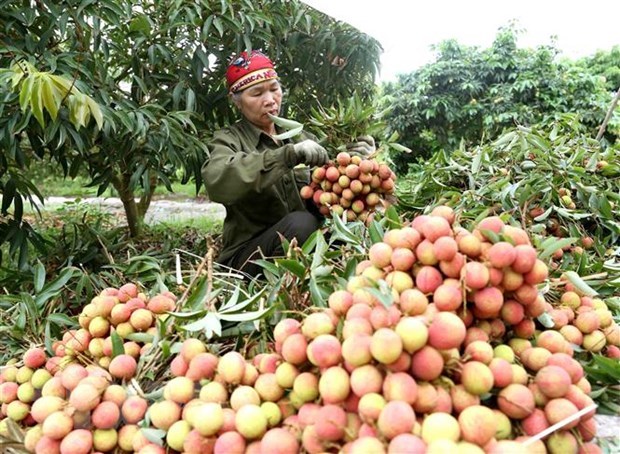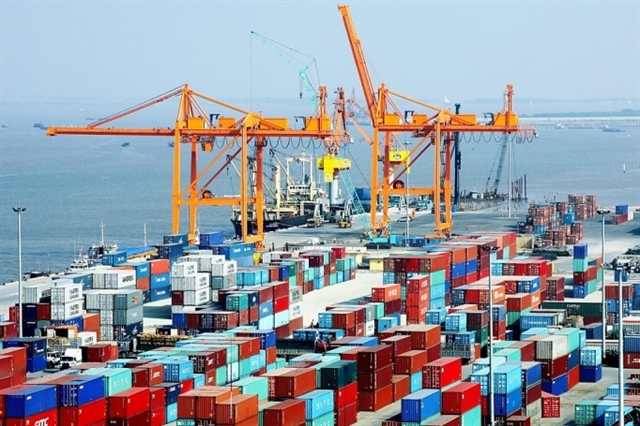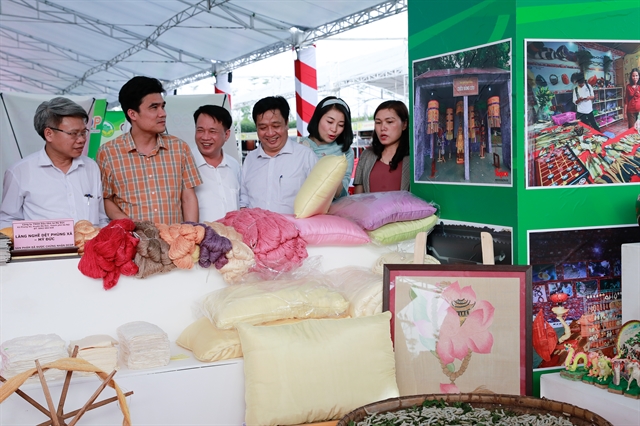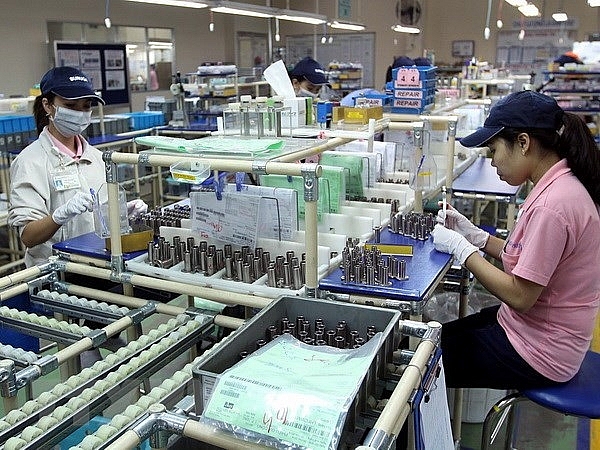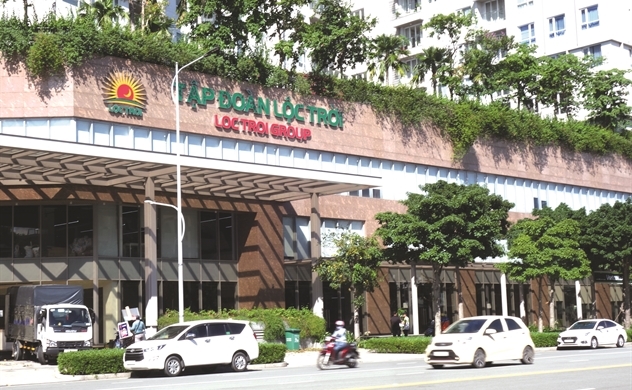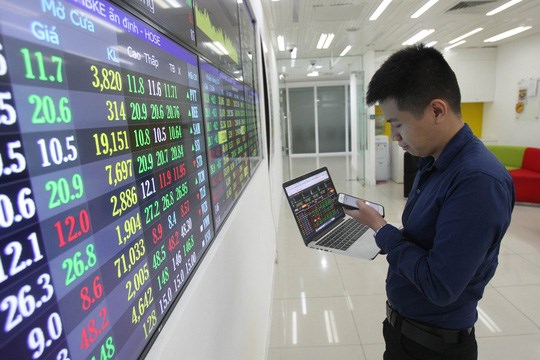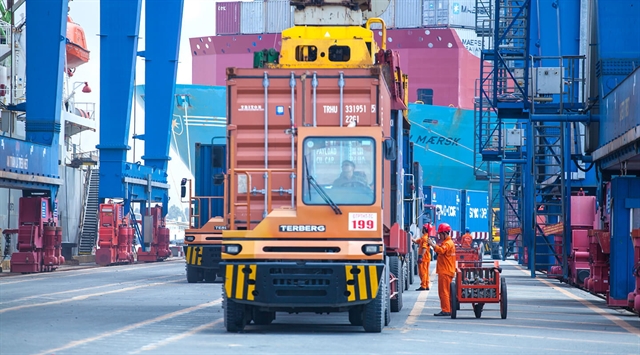HÀ NỘI — The Vietnam Textile and Apparel Association (VITAS) is committed to promoting the sector’s sustainable development with the aim of raising the living standards of its employees under the UN’s Sustainable Development Goals (SDGs).
It has been estimated that the global fashion industry consumed 79 billion cubic metres of water, emitted 1,715 million tonnes of CO2, and generated 92 million tonnes of waste in 2015 alone. The figures are forecast to grow by at least 50 per cent by 2030.
To achieve sustainable development and be able to compete in the fashion industry’s global supply chain, Việt Nam should not rely on cheap labour but on quality, technology, productivity, delivery time, and transparency, said VITAS President Vũ Đức Giang. It also needs to minimise the consumption of energy and resources and invest in advanced technology to meet international standards on work and the environment, he added.
Dr Đỗ Quỳnh Chi, Director of the Research Centre for Employment Relations (ERC), said Vietnamese manufacturers must boost production values to have the necessary resources to invest in complying with international labour and environmental standards and build a long-term and direct relationship with fashion brands.
A recent survey by the ERC shows that if local producers remain outsourcing sub-contractors who have profit margins squeezed by buyers in most cases, there is no other way for them to secure the resources needed for investing in sustainable development. They could even “fall out” of the global supply chain.
Manufacturers must view employees as their greatest resource, Giang said. They must establish links with peer producers to not only bring their strengths into full play but also to take advantage of the strengths of others, he noted.
He went on to cite the fact that at the outset of the COVID-19 pandemic last year, a number of Vietnamese producers succeeded in delivering orders for billions of face masks to buyers in the US and France within a month, due to their level of cooperation.
According to a report from the ERC, up to 50 per cent of fashion brands only purchase from major factories with 1,000 workers or more, as they assume that smaller suppliers will be unable to meet quality standards and fulfil their corporate responsibility requirements.
If there are no doors left open for small and medium-sized enterprises (SMEs), they will easily fall into the supply chains of discounters, which can lead to the entire domestic garment industry joining a “race to the bottom”, Chi said.
She stressed the need to design support policies for SMEs in terms of technology and management, allowing them to engage in sustainable development standards and climb up sustainable global supply chains. — VNS
